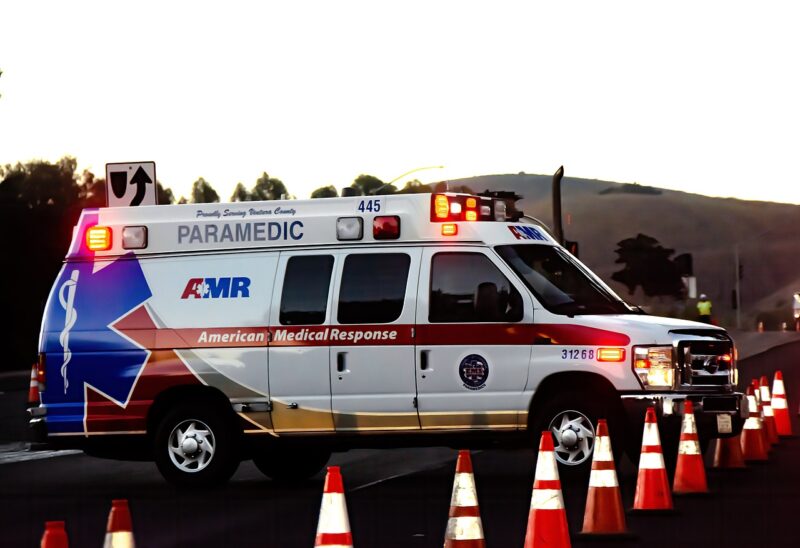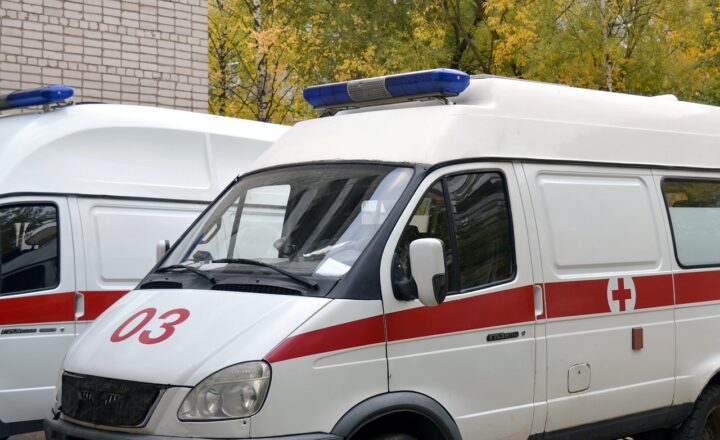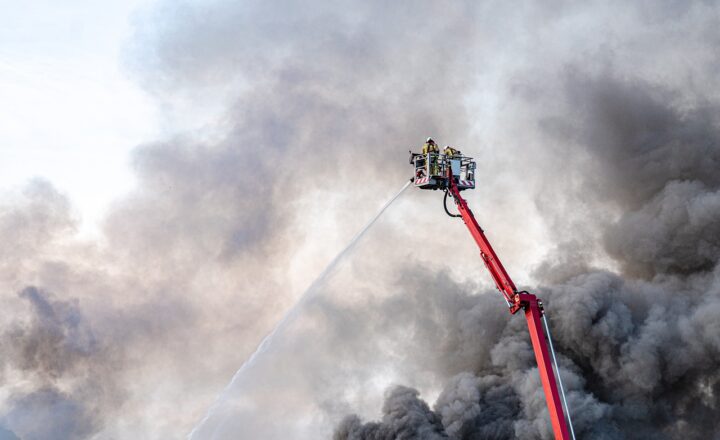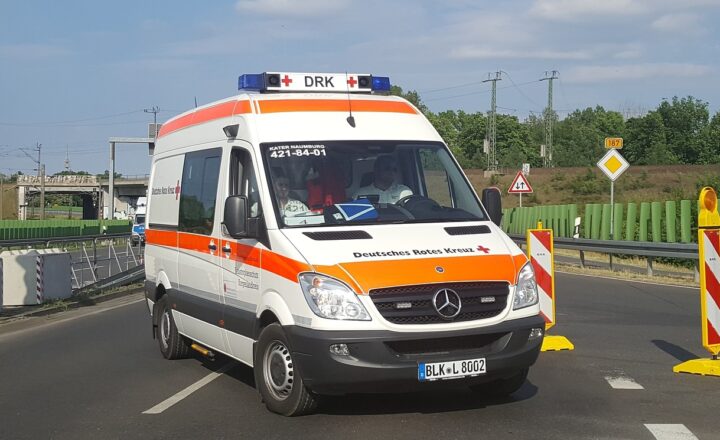How Ambulances Are Equipped for Different Types of Medical Emergencies
November 14, 2024

When we think of an ambulance, we often picture a vehicle racing through the streets with lights flashing and sirens blaring. But what lies inside that vital mode of transportation is just as important as its speed. Ambulances are equipped with a variety of medical tools and equipment to handle different types of emergencies, from heart attacks to traumatic injuries. In this article, we will explore how ambulances are equipped to respond effectively to various medical emergencies.
1. Understanding the Types of Medical Emergencies
Medical emergencies can be broadly categorized into different types, including:
- Cardiac Emergencies: Conditions such as heart attacks or cardiac arrests require immediate intervention to save lives.
- Trauma Emergencies: These involve physical injuries from accidents, falls, or violence, necessitating trauma care.
- Respiratory Emergencies: Conditions like asthma attacks or severe allergic reactions can lead to breathing difficulties.
- Neurological Emergencies: Strokes or seizures call for quick response to prevent long-term damage.
- Medical Emergencies: Situations like diabetic crises and severe infections require immediate medical attention.
Each of these emergencies demands a quick response and specific medical equipment to stabilize the patient and provide necessary care during transport.
2. The Anatomy of an Ambulance
An ambulance is much more than just a vehicle; it is a mobile healthcare unit. Here are the key components of an ambulance that facilitate emergency care:
- Ambulance Vehicle Types: Emergency medical services typically use either Type I, Type II, or Type III ambulances, each designed for specific needs. Type I and III ambulances are usually larger with more equipment storage, while Type II is a van-type ambulance that is more maneuverable in urban areas.
- Medical Equipment Storage: The interior is carefully designed with cabinets and compartments to store medical supplies, ensuring they can be accessed quickly and efficiently during emergencies.
- Patient Care Area: This area includes a stretcher for patient transport, a backboard for spinal injuries, and space for medical personnel to work on the patient while en route to the hospital.
- Communication Systems: Emergency radios and mobile communication devices ensure seamless contact between the ambulance team and hospitals, allowing for pre-arrival notifications of incoming patients.
The design and equipment of an ambulance are crucial for enhancing patient outcomes in critical situations.
3. Essential Medical Equipment in an Ambulance
Ambulances are equipped with a wide range of medical supplies and technology to handle various emergencies:
- Cardiac Monitors: These devices monitor the patient’s heart rate, rhythm, and overall cardiac function. They are essential for managing cardiac arrest or serious arrhythmias. Defibrillators (AEDs) are also included in this category for delivering life-saving shocks to restore heart rhythm.
- Oxygen Delivery Systems: Oxygen tanks, masks, and nebulizers are critical for patients experiencing respiratory emergencies to ensure they receive adequate oxygenation.
- IV Equipment: Intravenous (IV) lines, fluids, and medications are essential for hydration, delivering medications, and stabilizing patients during transport. Many ambulances carry pre-packed IV solutions for emergencies.
- Backboards and C-collars: These are vital for immobilizing patients suffering from spinal injuries, ensuring their safety and preventing further injury during transport.
- Trauma Kits: Trauma kits often include bandages, splints, hemostatic agents, and other tools to manage severe bleeding and open wounds effectively.
- Medications: Ambulances are often stocked with essential emergency medications, including adrenaline (epinephrine), nitroglycerin, glucose, and pain management drugs, tailored to address immediate needs.
Each piece of equipment is carefully selected to ensure the ambulance crew can provide the most effective care possible while en route to the hospital.
4. The Role of Emergency Medical Technicians (EMTs) and Paramedics
The effectiveness of an ambulance during medical emergencies relies heavily on its crew, typically made up of Emergency Medical Technicians (EMTs) and Paramedics. Their training in advanced life support, patient assessment, and emergency response enables them to utilize the equipment effectively.
- Assessment Skills: EMTs and Paramedics are trained to conduct thorough patient assessments, recognizing the signs of various medical emergencies and acting quickly to administer care.
- Advanced Care Skills: Paramedics often have advanced training compared to EMTs, allowing them to perform invasive procedures such as intubation and administering medications beyond basic lifesaving measures.
- Teamwork and Coordination: Effective communication and teamwork among the ambulance crew are crucial for ensuring a swift response during emergencies, especially in high-pressure situations.
By combining their skills with the equipment at their disposal, EMTs and Paramedics ensure patients receive the best possible care in transit.
5. Future Trends in Ambulance Services
As technology continues to advance, so too does the equipment and capabilities of ambulances. Here are some recent trends shaping the future of ambulance services:
- Telemedicine Integration: The integration of telemedicine technologies allows for real-time assessment of patients by emergency physicians, improving decision-making and care delivery en route to the hospital.
- Innovative Equipment: New developments in medical technology mean ambulances will be equipped with even more sophisticated monitoring devices and treatment options, such as portable ultrasound machines.
- Data Analytics : Real-time data collection and analytics are being used to optimize ambulance routing and reduce response times, thereby improving patient outcomes.
As these changes take place, the efficiency and effectiveness of ambulance services will only continue to improve, ensuring better care for patients in emergency situations.
Conclusion
The ambulance is a highly specialized vehicle that plays a critical role in emergency medicine. Equipped with an array of medical tools and staffed by trained professionals, ambulances are essential for addressing various medical emergencies effectively. Understanding the equipment and capabilities of ambulances can demystify their role in emergency medical services and emphasize their importance in saving lives. As technology evolves, so too will the scope of what ambulances can accomplish, ensuring they continue to be a lifeline for those in need.
Whether you’re a healthcare professional, a student, or simply a curious individual, knowing how ambulances are equipped for different types of emergencies can help foster a greater appreciation for the vital service they provide.








